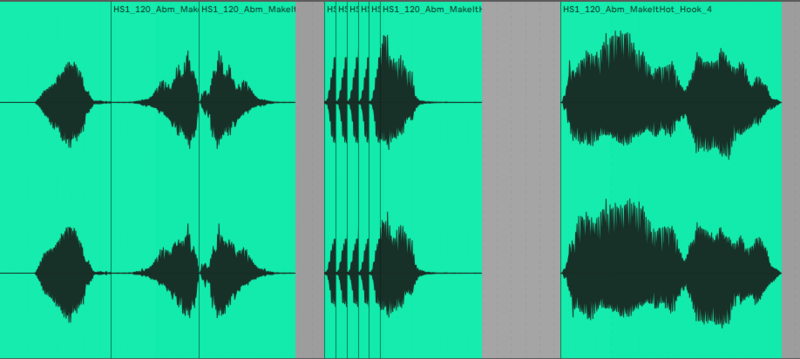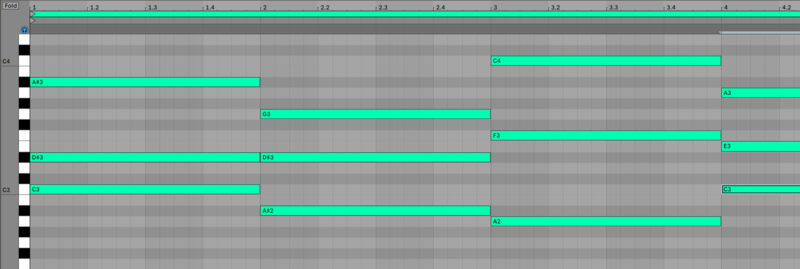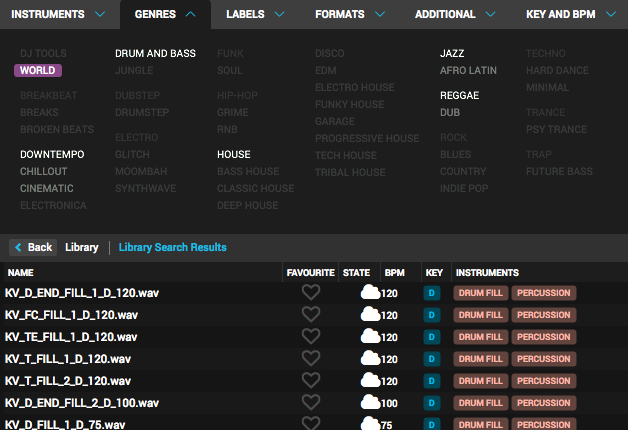Top 8 Deep House Producer Tips
Whether you’re starting out or want to get better, get a load of these essential tips to get funkier and more soulful with this genre.
1. Cut-up Vocals
If you’re using vocal samples as part of your deep house tune, remember the option to slice, dice and shake things up. Using your DAW’s razor tool or a dedicated plugin, remix the sample’s ordering or shake up the sample start point and play it with MIDI.

2. Sign of the Tines
Electric Piano sounds are a staple of deep house production, so you’ve got to get your effects choices right. Auto Filters, slow LFOs, Delays and light touches of Reverb are your go-to effects to keep your piano sounds interesting and animated.
3. Double Up on Chords
Chord sounds are absolutely crucial to the discerning deep house producer, but yours have to stand out against the competition. Instead of simply using one instrument to play your chords, how about layering two together for a deeper, more intriguing version of your sound? You can even create slightly variations and experiment when mixing the two together.

4. A Bit of Humanity
Deep house is almost 100% written in 4/4 – yes, we all know this. But quantizing your notes exactly to the grid can still be a little robotic when all your instruments are in the project. The trick here isn’t to push the Swing dial that hard – it's using your DAW’s humanizing or groove functions just a little, to keep that 4/4 feel with a tiny variation.
5. Exotic Drumming
This is deep house – not basic TR-909 child's play. Accordingly, don’t just stick to the same old Roland drum samples. Pull up more interesting resources such as ethnic drums, or dig around in Loopcloud’s browser using the ‘World’ tag for some exotic melodic loops.

6. Panning Drum Hits
We’re not talking about kicks and snares here – these should be firmly rooted in the centre of your mix. Instead, we’re talking tom hits, as well as percussion hits and loops. Leaving drums hits of different tonalities (low, high and anything in between) together in the soundstage is a recipe for a messy mix – giving each it's own ‘location’ will give them far more impact.
7. Increase the Focus
Deep house isn’t about creating mad ‘wall of sound’ effects; instead, the emphasis is on combining relatively few elements into something that works well together. When you feel the temptation to introduce a new sound into the mix, don’t simply go hunting through Loopcloud – try and reworking an existing sample into a new version that fits where you want it.

8. Go Easy on the ’Verbs
Use reverb sparingly in deep house. If you feel you’re going overboard, there’s a way to clean up reverb signals without backing them off in level: try removing the bass from the reverb using a high-pass filter. The reverb must be on a send/return bus in order for this to work, although some reverb plugins have their own built-in high-pass (low-cut) control.













